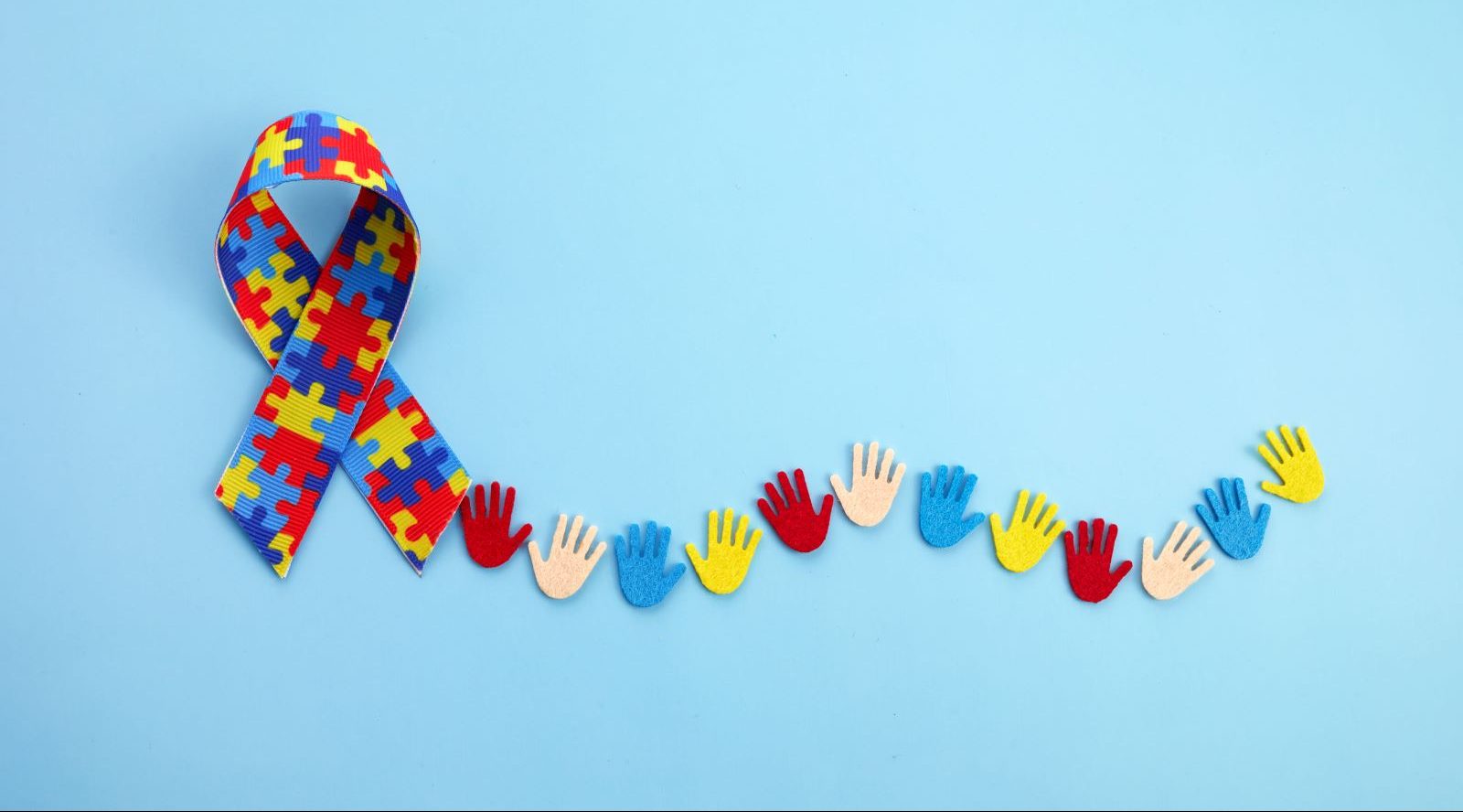The Significance of Household Support in the Journey with Autism
The Significance of Household Support in the Journey with Autism
Blog Article
Exploring Autism: Techniques for Efficient Interaction and Communication
Reliable interaction and communication with people on the autism spectrum require a detailed understanding of their one-of-a-kind demands and choices. Strategies such as employing clear language, utilizing visual supports, and promoting constant routines can considerably improve interaction and minimize stress and anxiety. Acknowledging the value of non-verbal hints and shared rate of interests paves the way for meaningful links. The intricacies of these strategies expose further factors to consider that warrant exploration, particularly in just how they can be adapted to private experiences and diverse contexts. What might these adjustments appear like in technique?
Recognizing Autism Spectrum Problem
Autism Spectrum Condition (ASD) encompasses a variety of neurodevelopmental conditions identified by difficulties in social interaction, communication, and recurring behaviors. The term "range" mirrors the diverse indications and varying degrees of extent experienced by individuals with ASD. While some might exhibit considerable problems, others may show high-functioning attributes, enabling better independence in every day life.
The start of ASD usually takes place in very early childhood, with indicators frequently well-known by age 2. Early signs might consist of postponed speech development, restricted eye get in touch with, and difficulties in comprehending social signs. Although the precise etiology of ASD stays uncertain, study recommends a combination of genetic and environmental aspects plays an essential function in its advancement.
Individuals with ASD typically have one-of-a-kind toughness, such as enhanced focus to information and remarkable memory skills. Nevertheless, they might have problem with recognizing abstract principles and taking care of adjustments to regular. As an outcome, treatments and support tailored to individual needs are essential for cultivating interaction and social abilities. Acknowledging the complexity of ASD is vital for advertising understanding, acceptance, and effective strategies that promote purposeful communications with individuals on the range.

Value of Clear Communication
Efficient communication is vital for fostering understanding and link, specifically for people with Autism Spectrum Disorder (ASD) Clear interaction not just assists in social interactions but also enhances the person's capability to reveal their feelings, requirements, and ideas. For people with ASD, the nuances of language can typically be challenging; for that reason, using distinct and uncomplicated language is vital.
Moreover, clear communication aids minimize frustration and anxiousness that may arise from misconceptions. When messages are communicated in a consistent and straight manner, people with ASD are better furnished to interpret details properly, which can considerably boost their social involvement and involvement in numerous settings.
Establishing routines and utilizing aesthetic supports can better reinforce clear interaction. These techniques give individuals with predictable structures that aid understanding and retention of details. Furthermore, proactively being and listening person during communications advertises a supportive atmosphere where people with ASD really feel valued and understood.
Eventually, focusing on clear communication not only equips people with ASD but also promotes even more purposeful connections with their peers, caregivers, and the broader area, leading the way for inclusive interactions and joint connections. - autism
Non-Verbal Communication Methods
Interaction expands past words, and for individuals with Autism Spectrum Condition (ASD), non-verbal hints play a substantial duty in interactions. Non-verbal communication methods can consist of face expressions, motions, body movement, and eye contact, all of which serve as important elements for communicating intents and feelings.
Comprehending and translating these non-verbal signals can improve interactions with individuals with ASD. A cozy smile or open stance can develop an inviting environment, motivating interaction. Similarly, using aesthetic help-- such as image cards or signs-- can connect communication gaps and aid share messages better.
It is likewise essential to be mindful of individual area, as individuals with ASD might have different comfort degrees relating to distance. Observing their reactions to physical distance can inform appropriate go to this web-site changes.

Developing Helpful Atmospheres
Creating an encouraging setting is vital for promoting positive communications and improving the well-being of people with Autism Spectrum Disorder (ASD) Such settings can substantially decrease anxiousness and produce a sense of safety and security, enabling individuals to reveal themselves much more openly.
To accomplish this, it is important to take into consideration sensory sensitivities that individuals with ASD may experience. Customizing the physical space to consist of soft lighting, marginal background sound, and comfortable seats can create a soothing atmosphere. Furthermore, using consistent regimens and clear visual timetables can help people prepare for shifts and lower uncertainty, more promoting convenience.
Social rooms ought to be structured to decrease overwhelming stimuli while giving chances for involvement in preferred activities. Facilitating areas marked for quiet time can likewise offer as a refuge during minutes of stress and anxiety. Importantly, integrating components of choice equips people, allowing them to exercise company in their setting.

Urging Social Communications
Fostering social communications among people with Autism Spectrum Problem (ASD) needs intentional methods that prioritize convenience and engagement. Developing predictable regimens can help in reducing anxiousness, making social settings more friendly. Creating organized environments with specified roles and obligations permits individuals to involve without the frustrating pressure of disorganized social characteristics.
Integrating passions and strengths right into social tasks can work as a driver for communication. As an example, organizing group tasks around shared leisure activities or topics of fascination can promote all-natural conversations and connections. In addition, making use of visual supports, such as social scripts or photographic timetables, can aid in comprehending social hints and assumptions.
Designing ideal social behaviors is essential - autism. Peers and grownups must show reliable interaction strategies, consisting of energetic listening and turn-taking. Role-playing scenarios can also offer a safe space for individuals to practice these skills
Lastly, fostering peer connections through inclusive techniques is crucial. Urging comprehensive playdates or team getaways can produce chances for socialization in a comfortable setting. By executing my response these teachers, techniques and caregivers can substantially improve social interactions for people with ASD, advertising their general social development and health.
Final Thought
In conclusion, reliable communication and communication methods are important for sustaining individuals with Autism Range Disorder. Emphasizing clear language, integrating non-verbal cues, and developing predictable regimens significantly improve engagement and minimize anxiety. Producing encouraging atmospheres cultivates safe social communications, while urging look at this website shared rate of interests promotes significant links. Ultimately, these techniques encourage individuals with autism to navigate social landscapes, advertising their total well-being and making it possible for the development of long lasting partnerships.
Reliable interaction and communication with individuals on the autism spectrum necessitate an extensive understanding of their special demands and choices. Clear interaction not just facilitates social interactions but also enhances the individual's capability to reveal their emotions, thoughts, and needs.Fostering social interactions among individuals with Autism Range Problem (ASD) calls for willful approaches that focus on convenience and interaction. By executing these caretakers, methods and teachers can substantially enhance social communications for individuals with ASD, advertising their total social advancement and well-being.
In verdict, reliable communication and communication approaches are necessary for supporting individuals with Autism Range Disorder.
Report this page